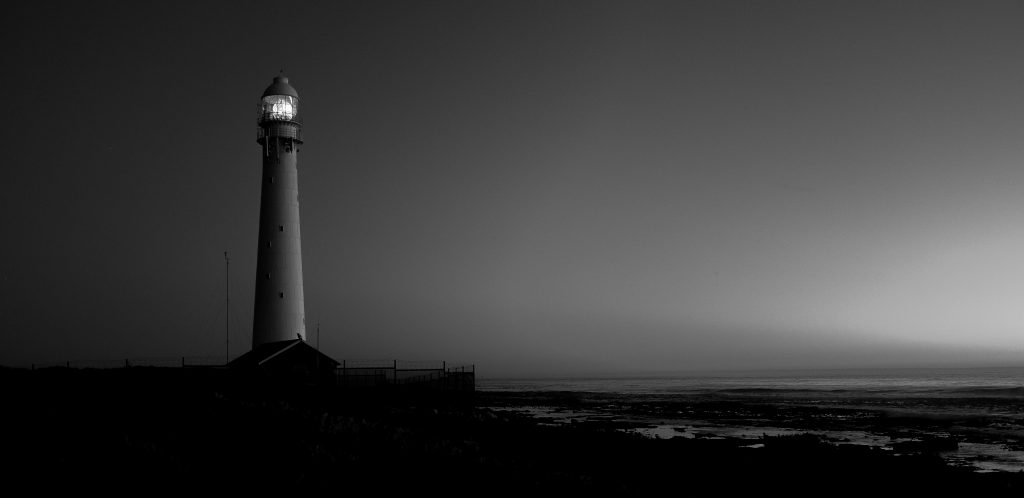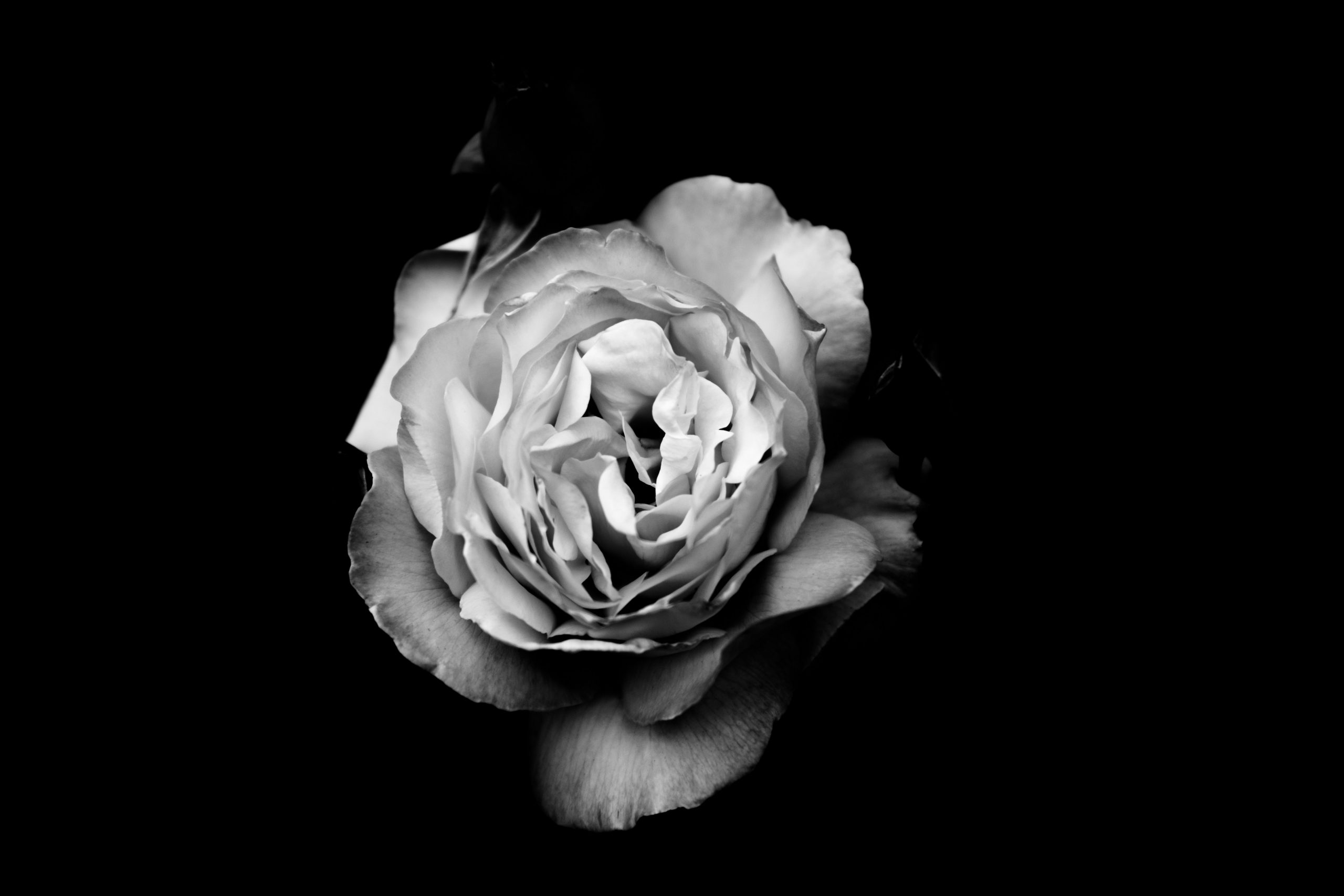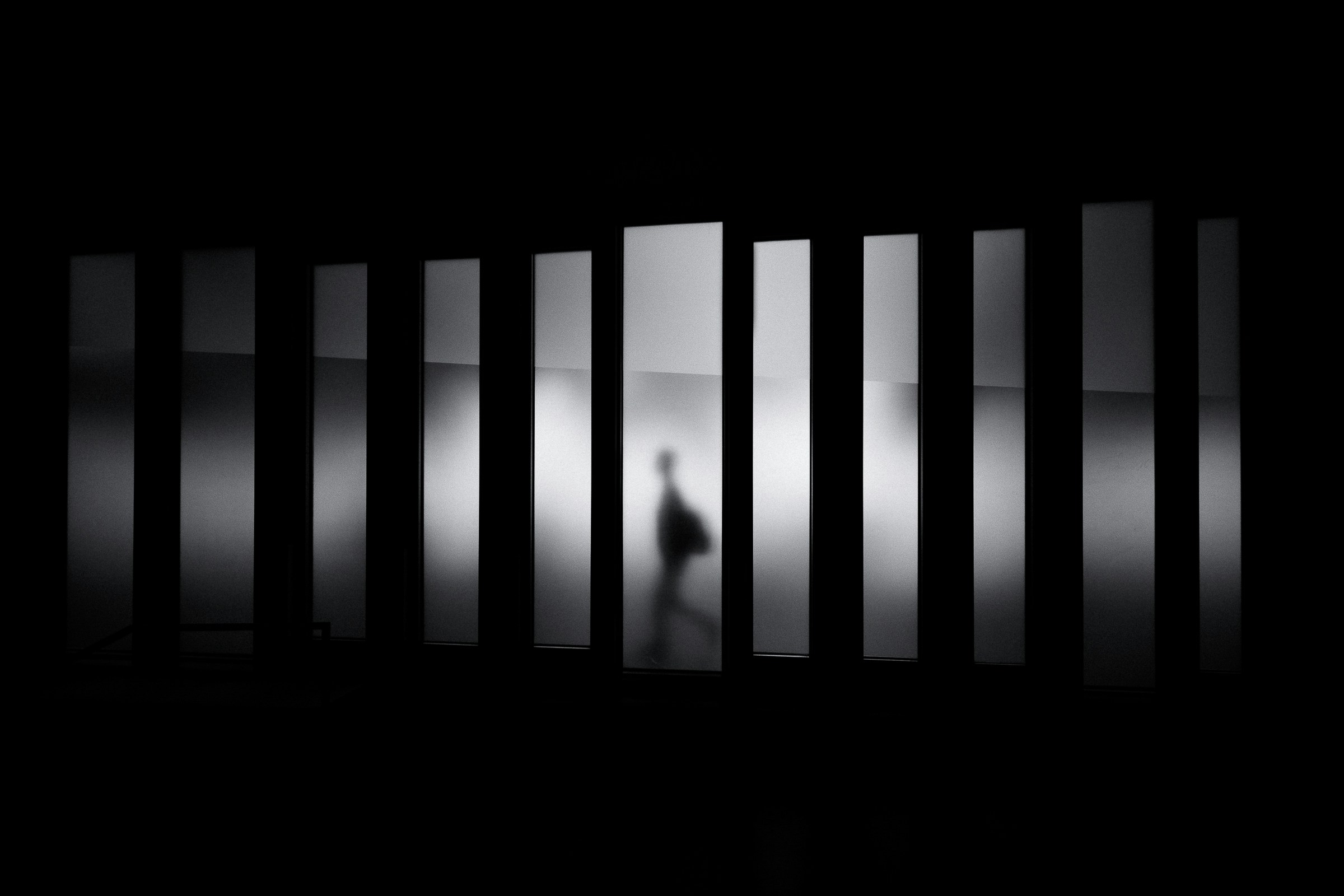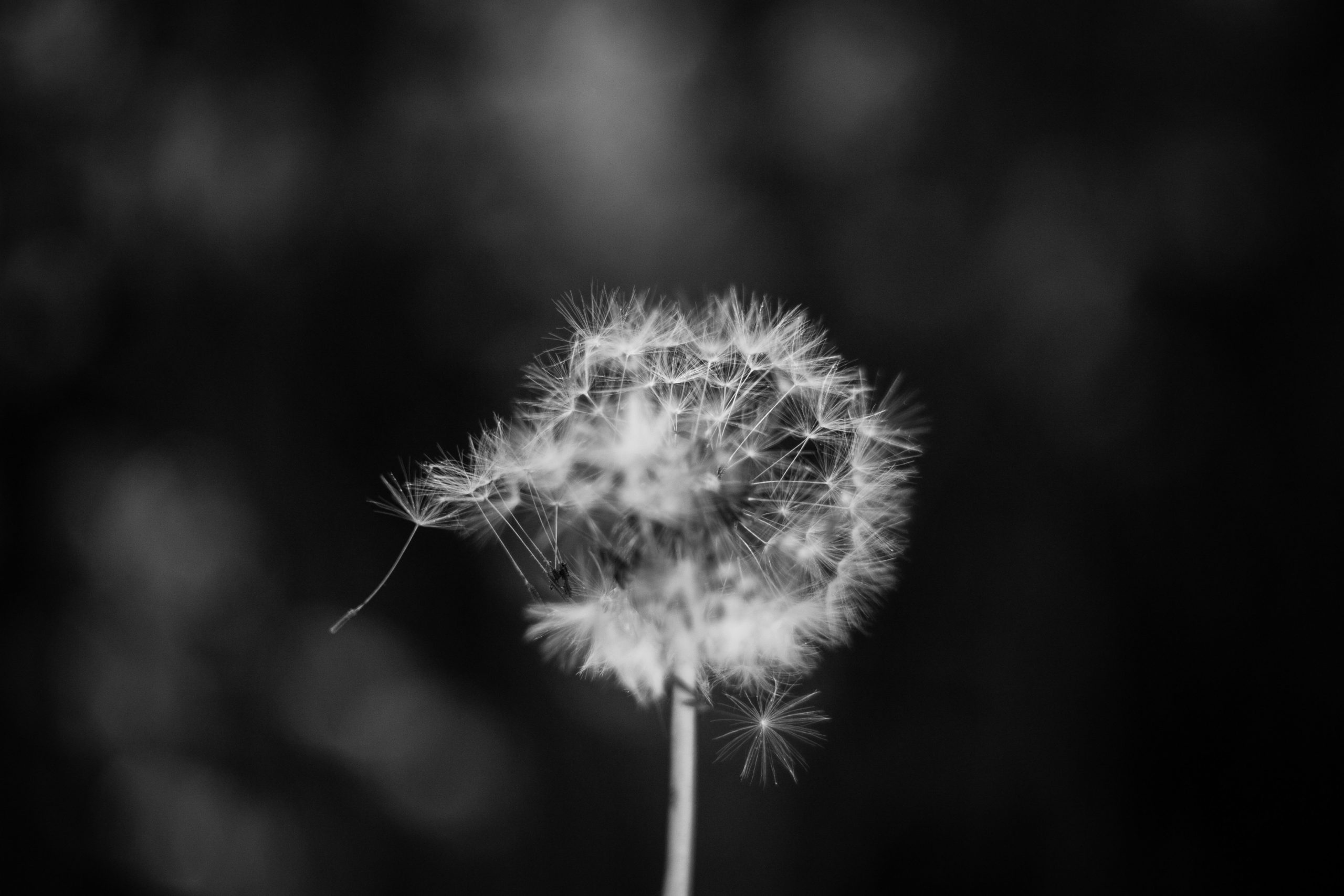The Girl
“To be a woman is to be mad.
To inhabit that madness is to rage.
To rage is to burn in femininity.
Like gasoline tears to a flame.”
When people talk about healing, they speak highly of positive thinking. But what about rage? What about the endless pit of fire around brokenness? Should I burn in silence forever? Should I be the “nice” person until it drives me crazy?
I tried to select my thoughts. I tried to embody forgiveness and kindness. But what if I’m not nice? What if my kindness was stripped out of me, leaving me bare and vulnerable to endure people’s gazes? What do I even need to be “nice” for? Who said womanhood was nice, in this world? Has anyone stopped to think about us? Of course not.
I hate some men because I’m scared of them. I’m scared of what they did to me, and what they could still do. At twelve years old was the first time I noticed their predatory gaze. At sixteen, I was assaulted. At seventeen, I was forced to take a pregnancy test by an adult who was neither my family nor a doctor. At the same age, a man seven years older stalked me and cornered me until I gave in.
At twenty, a thirty-three-year-old man coerced me to move in with him. I had nowhere to go and nobody to help me. After six months of physical and mental abuse, I returned to my family’s home, where I was sent back to my abuser. Everybody knew what he was doing to me. Nobody cared.
During my twenties, I spent countless nights at the mercy of these predators. People want to believe that at that age you’re old enough to know how to protect yourself. But how can you do that when you don’t even know what that is like? I thought that was my life. I thought that was all I was, a commodity for men to use and abuse in exchange for backhanded kindness.
Never loved. Never cared for.
I didn’t know what love was, but I thought it was pain.
The Woman

At twenty-seven, it was the first time I told someone about the SA. Like I gave myself permission, because maybe it wasn’t my fault. Maybe I was just a kid with a crush on a man who should have never even looked my way. But of course, when do they ever resist such “temptations”?
Unprotected and available, with the innocence of a girl who thought his attention was “romantic.” Having to hide, meeting in dark rooms and desolated lots.
I think about that girl and I cry, because I know she didn’t know what she was doing. And it’s watching that scene over and over again, like a never-ending horror movie, that makes me write this.
Already thinking that no one should see this.
But why would I even hide what they did to me? All those who failed me. All those who failed that child. Where do they end if I stay “nice” and quiet?
So I raged. And I used my visualization method to get bloody revenge. Really cathartic!
I don’t care what people think about this anymore. I don’t fear judgment from those who have never been in my shoes. I can dream what I want; I can dream even worse.
But instead, I go to therapy, I read self-help books, I meditate. Instead, I journal, I drink water, and I say my affirmations. Because that’s what they told me I should do. Because that’s what it means to be “nice.”
But guess what? That’s what ruined me.
Madness is a virtue.
I’ve discovered this a little late in life. I definitely recommend it. I’d rather go mad, I’d rather people think I’m insane, than keep carrying all this pain with me. I can’t do it anymore.
Being nice is killing me slowly.
If you wonder how, well, I think we all do it in different ways. Mine is food and neglect. Those are my weapons of choice. I do that instead of achieving my murderous dreams.
The Mad One

In my thirties, I found that men treat me like I’m invisible now, because I’m overweight.
And isn’t that a beautiful discovery?
It turns out my “unattractiveness” is my protection. As cruel as it seems, it was amazing for many years, to feel that freedom, to be ignored, to never feel sexualized anymore.
What a blessing.
Unhealthy? Obviously. This is the type of armor that becomes a jail real fast, and silently, it eats you alive.
I wanted to disappear. I wanted to be safe. But it’s killing me.
So are those my only choices? To be or not to be? How ironic for a writer!
Ophelia feels oddly familiar in times like this. It’s hard not to revert into that helpless girl I once was, even when I know there’s only trauma left.
Even though I’m now a grown woman who will never again allow or entertain insulting and harmful behavior, it feels like my time in that invisible cage was useful. But now it’s time to connect the heart and the mind, and it’s not looking very promising.
That little girl no longer exists, but I found comfort in the shadows. Now the light seems too much to handle.
The Lighthouse

One of the reasons why I chose By the Lighthouse as the name of this umbrella project is because, since 2024, my goal has been to walk into the light.
Easier said than done, right?
Opening my life this broadly is not a choice I’m making blindly. I think my words are my power and my shield. I build, and I can destroy, with them. They are my most precious gift.
I’m lucky enough to know more than one language, and currently learning more so I can expand beyond English. I built this platform to bring attention to my work. I’ve done it through different projects that are not necessarily close to this rant, but they all represent a part of me. Some are old ones, some current, and others, others I’m manifesting for my future self.
In my last piece, The Myth of Grief, I revisited some old wounds. What I’ve been looking for is the reason behind my attachment to some bad habits.
One thing about shadow work is that you know where to dig, but you’re completely oblivious to where you’ll end up.
My sadness is like a huge lake, and much of my healing work, but also my creative work, comes from those waters. I have this worn-out bucket that stares at me when I spend a couple of seasons away from the shore. I know exactly what it means. It’s like a siren in the deepest waters; she calls me.
The reason I can speak about all these atrocious things that happened to me when I was younger is because I’ve been swimming in this lake for decades.
It’s like my pen needs the dark mud at the bottom, like the ink is not ink, but mire.
I’m trying to heal this part of myself. But more than healing, it feels like I’m trying to let go. There is an incredible stubbornness in me. It has served me well more than a couple of times, but it has also made things too complicated, more than I can count.
I have a very bad habit of falling in love with the worst comfort zones.
Is that a toxic trait? Probably.
You could say my taste for men pivoted to my taste for them. I’d say they’re both equally dangerous.
I sent a text to my old therapist today. The reason is that I’ve come this far on my own. I can continue analyzing myself until the end, but it won’t break the patterns. I knew this was a mountain of work for me to tackle, and I knew I was going to end up calling her.
It doesn’t feel as bad as I thought it would. Maybe there’s a little annoyance in there, on top of my old stalker, anxiety. She likes to remind me that this is my fault and I’m not doing enough. But somehow, it got to a point where all I do is roll my eyes at that.
Not ideal, but somewhat better.
I guess I’ve become more vindictive with age, because I also wish for my anxiety to drop dead someday. A girl can dream, am I right?
Did you see yourself somewhere in this monologue?
I hope you didn’t. I hope you think I’m crazy, or that I’m lying.
But if you did, I’m really sorry. I can’t say it enough: I don’t wish any of this on anyone with a soft heart.
If it feels right, you can reach out to me. I’ll try my best to listen, maybe over some long-distance shared coffee, or tea, or wine. You choose.
I probably won’t have the answers, but I can lend you a safe space to just be.
If there’s anything I want to be my legacy, it’s that in my presence, people felt free to be exactly who they are.
Without judgment, and with a lot of love.
Pfff. Maybe I am nice after all. 😉












